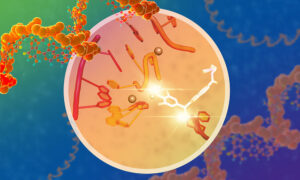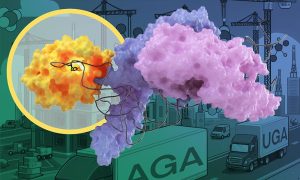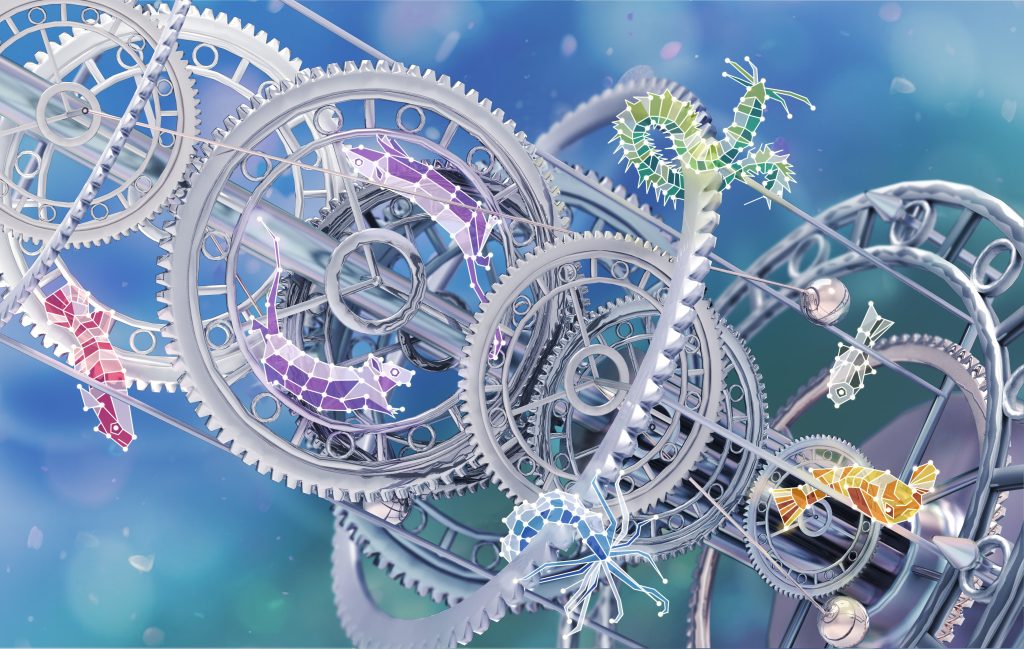Read the latest Issue
Learning from the linker
New study sheds light on cellular reprogramming
In a nutshell:
– The transcription factor Oct4 controls the genes involved in reprogramming mature cells to become pluripotent again
– The 3D structure of a particular linker sequence within Oct4 sheds light on how the transcription factor interacts with its target genes
– A better understanding of the reprogramming of cells may pave the way for new applications in regenerative medicine and drug discovery.
Mature cells can be reprogrammed to pluripotency and thus regain the ability to divide and differentiate into specialized cell types. Although these so-called induced pluripotent stem cells (iPS cells) represent a milestone in stem cell research, many of the biochemical processes that underlie reprogramming are still not understood. Scientists from the EMBL Hamburg and from the Max Planck Institute for Molecular Biomedicine in Münster, Germany now shed new light on this process. In a study published today in Nature Cell Biology, the scientists describe important details about the structure of the transcription factor Oct4, known to play a crucial role in the reprogramming of terminally differentiated cells. The study broadens the knowledge about the reprogramming of cells and may pave the way for medical applications in the field of regenerative medicine and drug discovery.
The transcription factor Oct4 is a protein that binds to DNA and controls the genes involved in reprogramming the cells. The team at EMBL Hamburg has now been able to resolve the crystal structure of Oct4 using high-intensity X-ray beams. In particular, their analysis focused on a previously unexplored linker sequence between two DNA binding elements of the protein. “The uniqueness of the linker has caught our attention for more than a decade and, thus, we are extremely pleased to see it for the first time, helping us rationalize its function in reprogramming cells to pluripotency” says Matthias Wilmanns who led the work in Hamburg.
The authors suggest that the linker recruits key partners to the Oct4 target genes, without whom the process of reprogramming cannot be completed. Colleagues at the Max Planck Institute for Molecular Biomedicine led by Hans Schöler supported these findings with studies on the modifications of the linker. They showed that changes in the sequence of the linker led to the loss of Oct4’s reprogramming activity, and that a single residue mutation has major effects on the protein interface and thus affects the recruiting of key partners.
“Our work shows how unique the Oct4 interface is and how crucial it is for reprogramming to pluripotency. These are vital steps forward in our understanding of cell reprogramming and could lead us to new applications in the fields of drug discovery and tissue engineering” said Hans Schöler.
Ongoing research will help determine an integrated picture on how Oct4 acts in the context of many other protein components in stem cell pluripotency.







